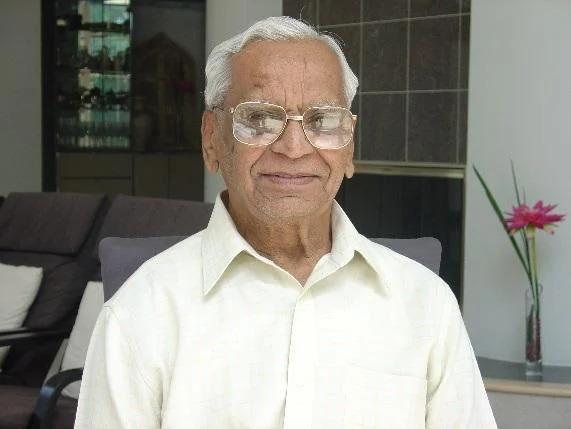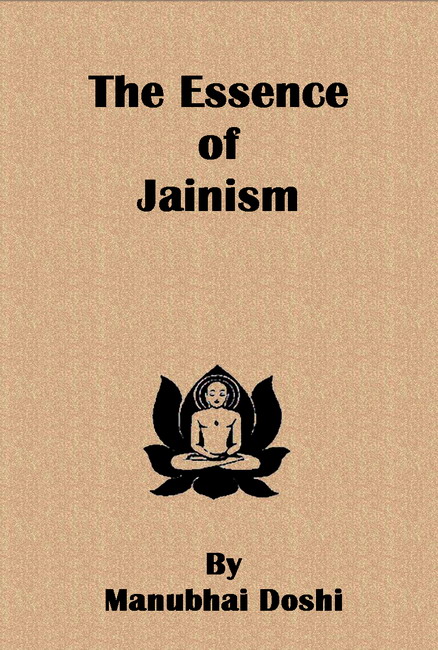May the entire universe attain bliss, may all beings be oriented to the interest of others, let all faults be eliminated and may people be happy everywhere.
May all persons be happy, may all be disease free, may all attain well-being and let no one be overtaken by miseries.
Every living being desires happiness and endeavors to avoid pain and suffering. The question arises how these objectives can materialize. Generally a person may feel happy if he gets whatever he desires and can avoid everything that he does not like. Situations however do occur which are not in his interest or do not conform to his likings. Even when situations occur according to one’s choice, it is not within his power to make sure that those very situations would continue to last as long as he likes. Every situation undergoes change and a person feels miserable when the changed one is not to his liking. Moreover desires and likes or dislikes of all beings are not identical. What one person loves may be of utter distaste to another. It is therefore impossible that everything can happen to every one’s taste. Viewed in this light it would seem that there cannot possibly be a way for making everyone happy.
Fortunately however there is a way. Two verses, one each from Jain and Hindu traditions quoted above address to that way. It would be seen that they have the identical meaning. Both of them convey the same message of well-being for all, for the whole universe and of removal of all evils. Vaidic and Shraman (Jain and Buddhist) traditions have grown side by side; both have borrowed from and influenced each other. They happen to be two sisters having more or less identical and/or complementary approach. It is therefore not surprising that Jain scholars have time and again insisted on the study of not only Jainism but also on the six schools of thought prevalent in India and collectively known as Shaddarshan. Broadly classified, they are known as Vaidic and Shraman traditions, both having origin from the same Indo Aryan culture. Both of them have addressed to the problem of universal happiness and have discovered that the way is to wish and act for happiness and well-being of all. If everyone acts accordingly, the world can turn into paradise and there would not be any misery; at least the man-made misery would come to an end.
Indian philosophies being spiritually oriented, they do not restrict themselves only to the happiness in this world. Almost all of them believe in existence of eternal soul and continually changing pattern of everything else. Therefore they seek happiness that lasts beyond the present life. Their ultimate aim is to present path of salvation which is defined as termination of embodiment and end of birth and death. However, as long as embodiment continues, their approach is to seek continuing happiness. The above two verses therefore exhort everyone to look for the well-being of all others, to stay meritorious in this life and to be sure of reaping fruits of their merits in subsequent life.
A wise man has rightly said that the place to be happy is ‘here’, the time to be happy is ‘present’ and the way to be happy is ‘to make others happy’.
 Manubhai Doshi
Manubhai Doshi
